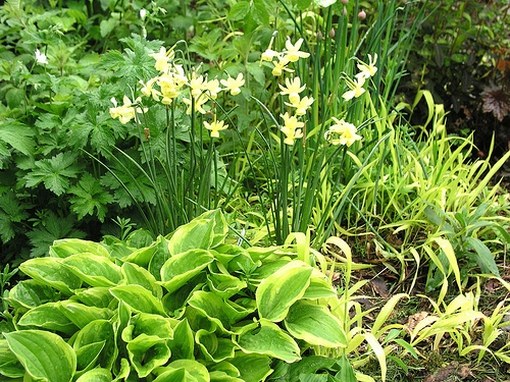Lower plants
An informal group of lower plants combines the subkingdom of baranok, or red algae, and these algae. And those and others mostly marine inhabitants than in the first place, differ from terrestrial higher plants, common land. Before the lower plants called all organisms that were not animals or normal terrestrial plants: not only algae, but also fungi, bacteria, lichens.
Today, the definition of lower plants are much more precise: these are the plants that do not have a differentiated structure of his body, that is not dissected into several parts. This is the second main difference from the highest subkingdom. All kinds of algae homogeneous: they are not allocated to leaves, shoots, roots, flowers. They consist of the same in all parts of the body.
The lower plants are unicellular and multicellular, and their sizes can vary from invisible to the naked eye to the giant, in a few tens of meters in length. The lower plants is more ancient than their more advanced relatives: the oldest remains of these organisms have an age of about three billion years.
Higher plants
Higher plants grow mainly on land, although there are a few exceptions. They have a complex structure of tissues, allowing them to lead a more fulfilling life: they have developed mechanical, coating, conductive fabric. This is due to the accommodation of plants on land, air, unlike water, the less comfortable environment – you need to protect yourself from drying to provide heat to gain a firm foothold in one place.
The body parts of these organisms perform different functions and have different structure: the root is fixed in the ground and provides water and mineral nutrition, stems transporterowych obtained in the soil of substances throughout the body of the plant, and the leaves are doing photosynthesis, transforming inorganic compounds into organic. Thin epithelial tissue protects the body, due to which higher plants are more resistant to environmental conditions. This property is also provided by a thick cell wall with lignin, they protect the stems from damage.
In higher plants, in contrast to the lower, are multicellular reproductive organs, which are also better protected by thick walls. This podtsarstvo include bryophytes (all mosses) and vascular, which are divided into spore and seed.
